As an RV enthusiast, I understand the importance of staying comfortable during your adventures, which often involves managing the interior climate of your RV.
Many of you might wonder whether RVs come equipped with air conditioning units. The answer is yes, most modern RVs are generally fitted with built-in AC units to ensure that travelers stay comfortable.
Understanding RV Air Conditioning Units
When I discuss RV air conditioning units, I’m referring to the essential systems that keep the interior of recreational vehicles cool and comfortable. These units are a crucial feature for traveling during warmer months or in hot climates.
Types of RV Air Conditioners
RV air conditioners come in various forms, but two common types are rooftop air conditioners and built-in systems.
Rooftop units, as implied by the name, are installed on the roof and can be either ducted or non-ducted.
The ducted systems distribute cooled air through a network of vents, ensuring even airflow throughout the RV.
Non-ducted units blow air directly from the base of the unit and are better suited for smaller spaces.
Some RVs may come equipped with a heat pump, which is an air conditioner that can also provide heat by reversing the flow of refrigerant.
How RV Air Conditioners Work
This section focuses on how these units operate.
An RV air conditioner pulls warm air from inside the RV, cools it over an evaporator coil, and then circulates the cooled air back into the living space.
The warm air is exhausted outside the vehicle. This process is facilitated by refrigerant within the AC unit.
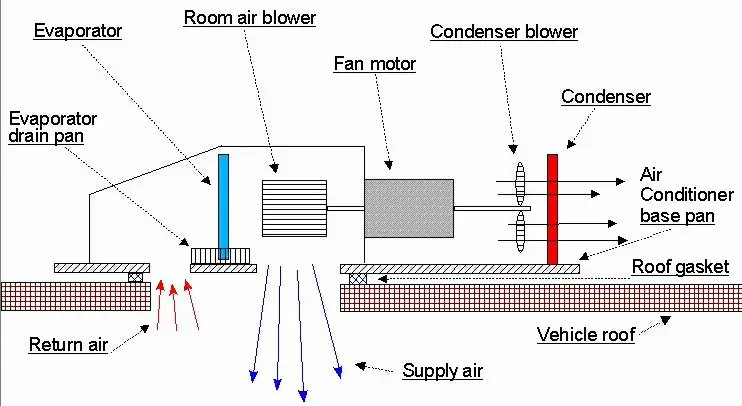
Proper airflow is vital for efficient operation, and it’s typically controlled by a series of switches or a thermostat.
Maintenance and Upkeep
Maintaining an RV air conditioner is crucial for its longevity and efficiency.
Steps I consider vital include regularly cleaning or replacing air filters, which are critical for maintaining good airflow and preventing dust and debris from entering the unit.
It’s also important to inspect and clean the vents and the AC unit itself to ensure optimal performance.
Seasonal inspections can help catch any potential issues early, and following the manufacturer’s guidelines for servicing can extend the life of the air conditioning system.
Energy and Power Considerations for RV AC
Understanding your air conditioning’s energy and power requirements is crucial when equipping your RV for those hot summer days.
From the type of power sources you can use to managing your RV’s energy consumption effectively, it’s important to have a grasp on these aspects to ensure a comfortable and hassle-free experience.
Power Sources for Air Conditioning
My RV air conditioning unit can draw a significant amount of power, so I need to consider my power source options carefully.
Typically, I can rely on shore power, which is when I plug my RV directly into an electrical outlet at a campground.
This is an ideal and steady power source, especially for cooling systems with a high BTU rating.
When I’m off the grid, my generator comes in handy, although I need to make sure it can handle the energy load of my AC unit.
In some situations, a soft start device would be beneficial to reduce the initial power surge when the AC starts up.
Managing Energy Consumption
To keep my energy consumption under control, I use a programmable thermostat to prioritize efficient models.
Regular maintenance ensures peak performance.
Opt for solar panels to supplement power. Keep windows shaded and sealed to reduce cooling needs.
Monitor usage with a smart energy system, and adjust thermostat settings to balance comfort and efficiency.
Best Practices for Efficient Air Conditioning
I’ll cover some crucial best practices to ensure your RV’s air conditioner runs at peak efficiency.
Paying attention to thermostat settings, optimizing airflow, and adhering to a routine maintenance schedule can significantly improve performance.
Effective Use of Thermostats
Utilizing your RV’s thermostat correctly is fundamental for efficiency. I recommend setting it to a consistent temperature to avoid overworking the system.
As tempting as it may be to lower the temperature drastically to cool down quickly, this can lead to excessive strain and increased wear on the unit.
Optimizing Airflow
For optimized airflow, make sure the fan is in good working order and the air filter is clean, as this allows air to circulate without obstruction.
Install a shroud or a SoftStartRV if your system doesn’t already have one; a shroud protects the unit from debris, while a SoftStartRV can assist in reducing the start-up power demand.
- Remove any obstructions from vents
- Confirm that the plastic cover on the exterior is intact and undamaged
- Ensure the cooling fins are straight and clear of dirt
Regular Maintenance Tips
Regular maintenance is key to an efficient air conditioner. Here’s a quick checklist:
- Filters: Clean or replace air filters routinely to maintain air quality and protect the unit from dust build-up.
- Cooling Fins: Inspect and carefully straighten bent cooling fins to preserve effective operation.
- Condenser and Evaporator Coils: Keep these coils clean, since dirty coils can inhibit the unit’s ability to cool the air.
By applying these practices, you’ll ensure your RV’s air conditioning system remains reliable, especially during peak usage in hotter months.
Troubleshooting and Repairing RV Air Conditioners
Maintaining and repairing the air conditioning system in your RV is crucial for comfort on the road.
I’m here to guide you through common problems and signs that professional help may be necessary.
Common AC Problems and Solutions
My experience with RV air conditioners has taught me that issues can often be resolved with simple solutions.
For instance, if your RV air conditioner is humming but the fan isn’t running, it could be a capacitor issue or something as simple as a blown fuse.
I always check the easiest things first, like ensuring the thermostat is correctly set before inspecting for more complex problems.
- RV AC won’t turn on: Check the power source. Ensure your RV is connected to an adequate power supply.
- Blows hot air: Sometimes, it’s an issue with the thermostat which may need recalibration or replacement.
- Leaks when it’s dry/raining: Seals and gaskets should be inspected for deterioration and replaced as necessary.
Another key step that I never skip is the regular cleaning of filters and external fins, which prevents numerous issues and extends the unit’s life.
When to Seek Professional Help
While many problems can be tackled by the RV owner, certain challenges require a professional. Here’s when I recommend you reach out to a technician:
- Electrical complications: These can be dangerous and should be handled by certified professionals.
- Refrigerant issues: Only qualified personnel should deal with refrigerant due to environmental and safety regulations.
Remember, regular maintenance, which includes lubricating moving parts, can prevent many of these issues from arising.
If you’re unsure about the steps to troubleshoot or repair your RV air conditioner, always err on the side of caution and seek professional assistance.
Enhancing Comfort During Hot Weather Camping
Staying cool and comfortable while RV camping in summer requires a mix of additional equipment, optimized RV design, and strategic planning.
Let’s explore how to maximize your comfort during those hot camping trips.
Additional Cooling Aids
For immediate relief from the summer heat, fans are indispensable. They assist in circulating air, making the interior feel cooler.
Portable fans are flexible options, allowing you to direct airflow where it’s needed most.
For a more permanent solution, you can install high-quality, tinted RV windows, which not only reduce glare but also minimize heat absorption, keeping you living space cooler.
Design and Structural Features
The structural design of an RV can significantly influence its indoor temperature.
Features like an awning can create much-needed shade around your RV, effectively lowering the temperature.
Moreover, strategic parking can make all the difference—I always look to park in the shade to avoid direct sunlight, which can turn an RV into an oven.
Proper insulation and ventilation are also key to maintaining a pleasant temperature inside.
Planning and Preparation for Summer Camping
Advanced planning is the secret to successful summer RV trips.
Before hitting the road, ensure to check the weather forecast and seek out campsites that offer shaded spots or natural cooling from nearby bodies of water.
Ventilation is crucial, so verify all windows and vents are working correctly to maximize airflow.
Additionally, adapting your schedule to avoid the noon heat can make your experience more pleasant, opting for activities during the cooler parts of the day.


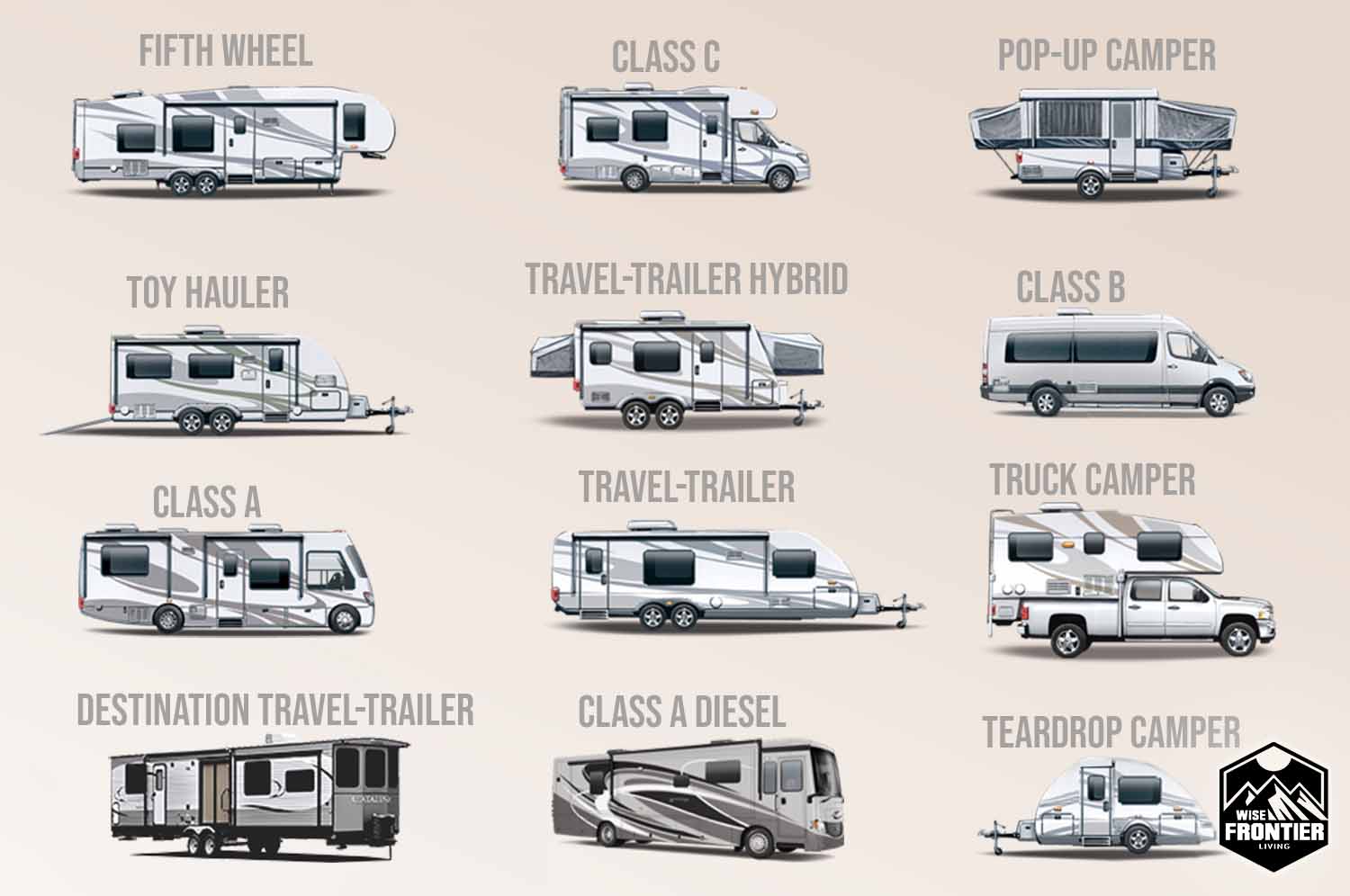
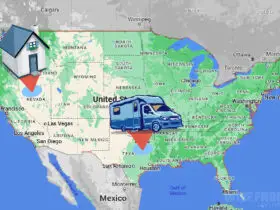
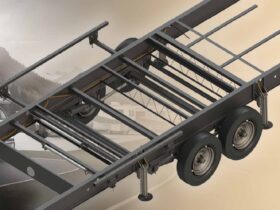

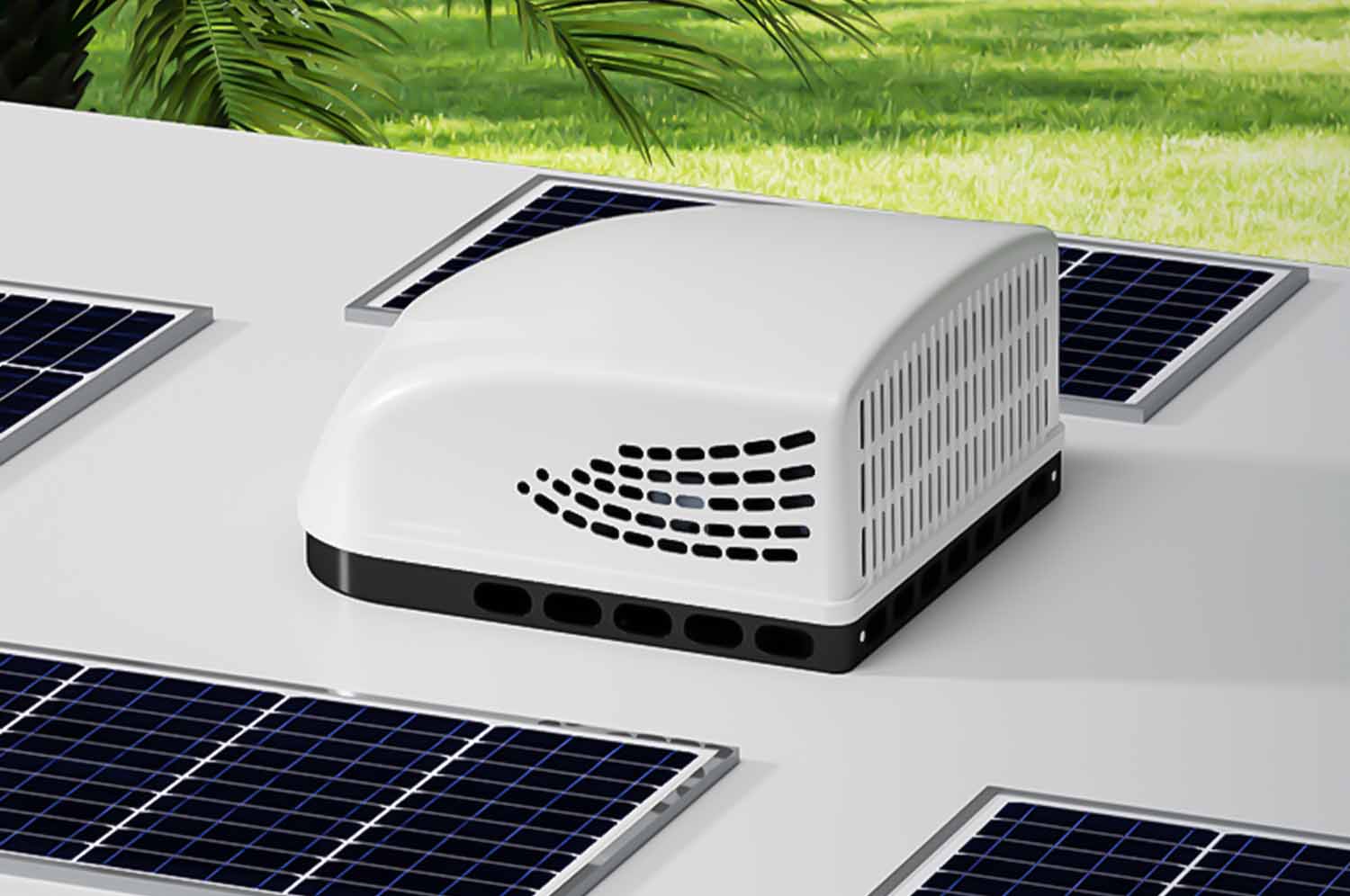
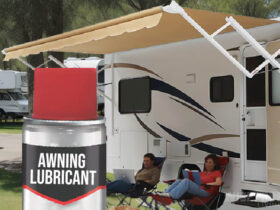
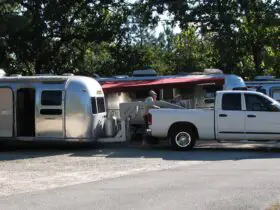
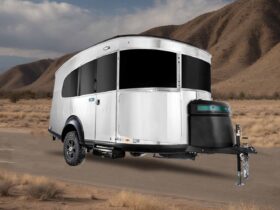

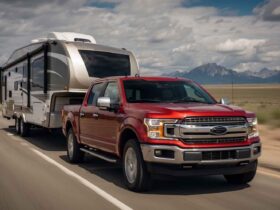

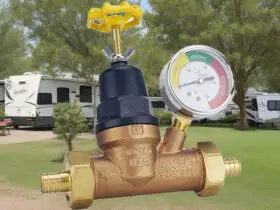
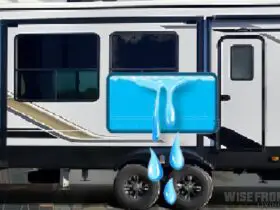
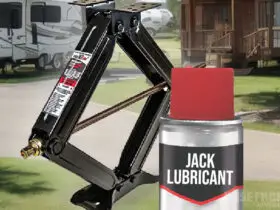
Leave a Reply